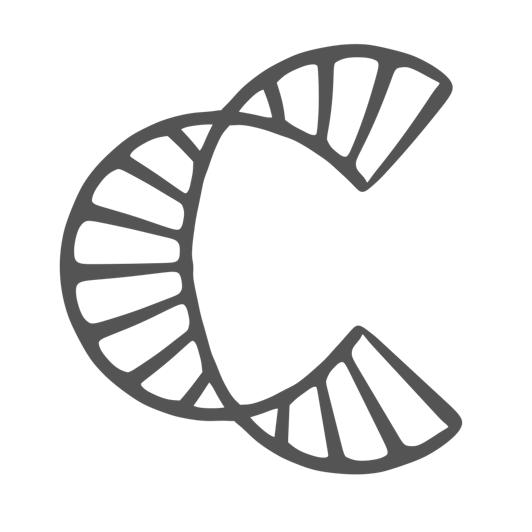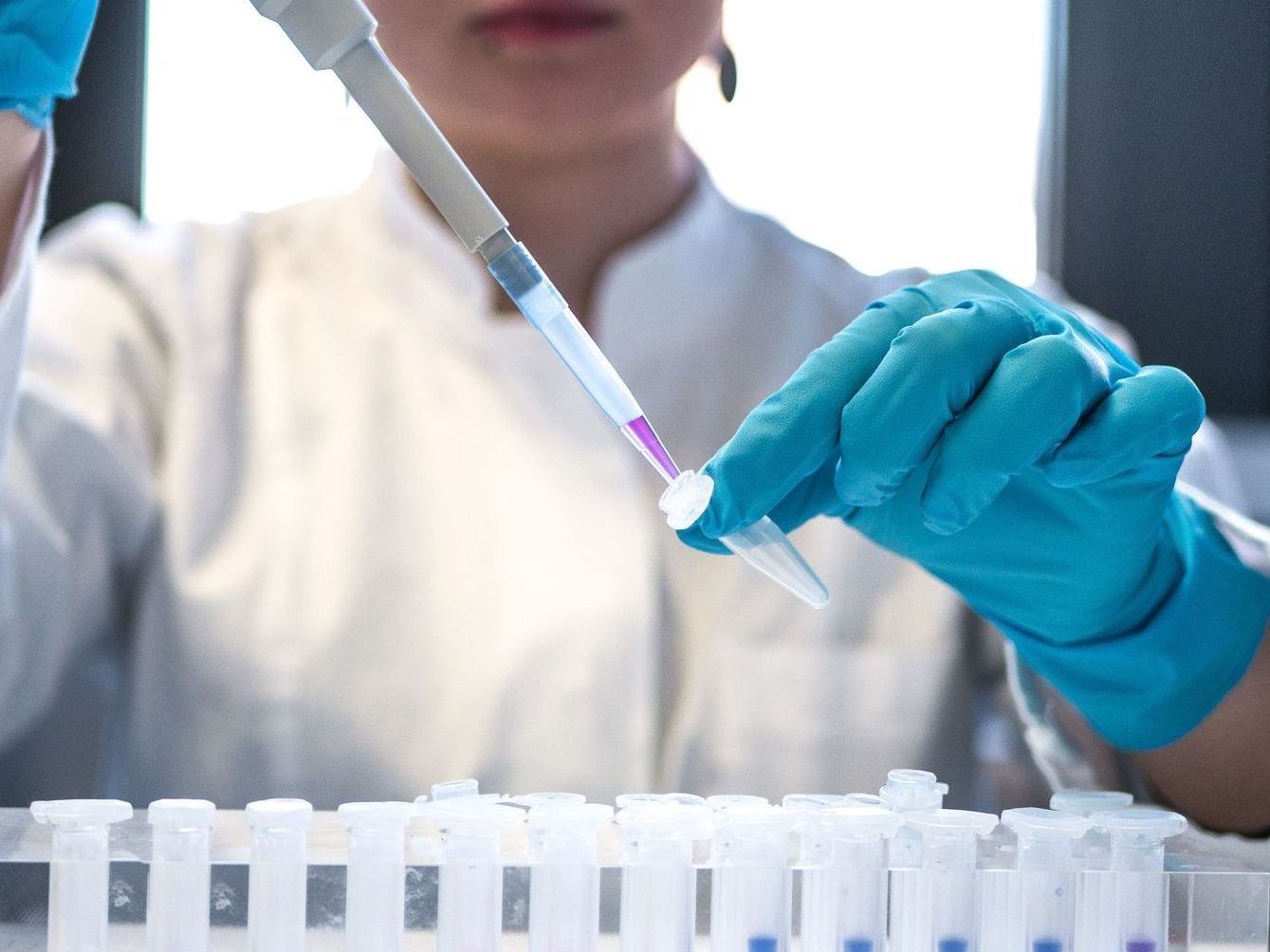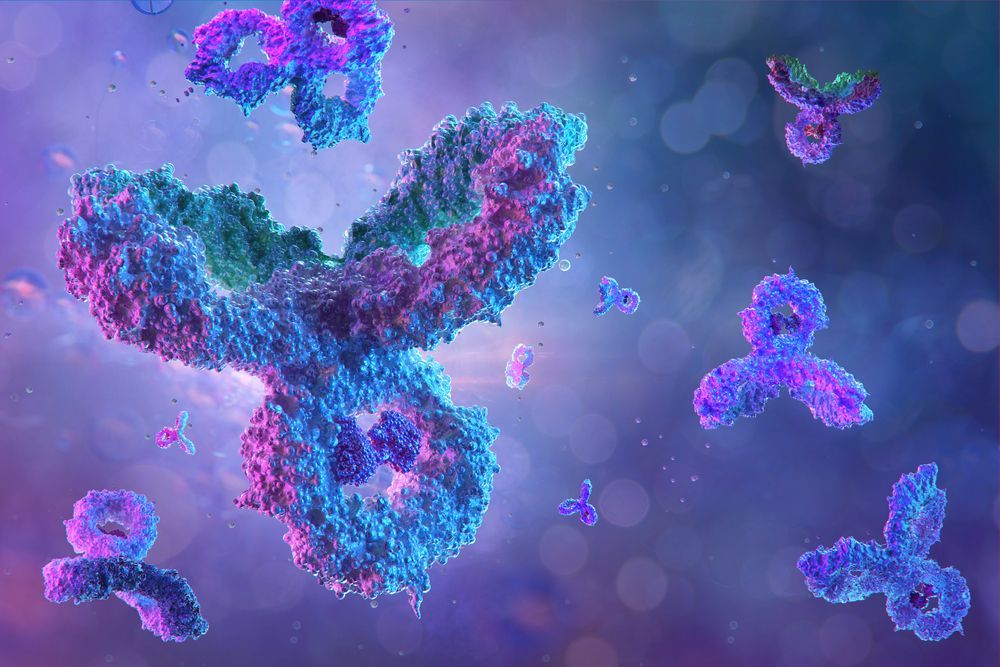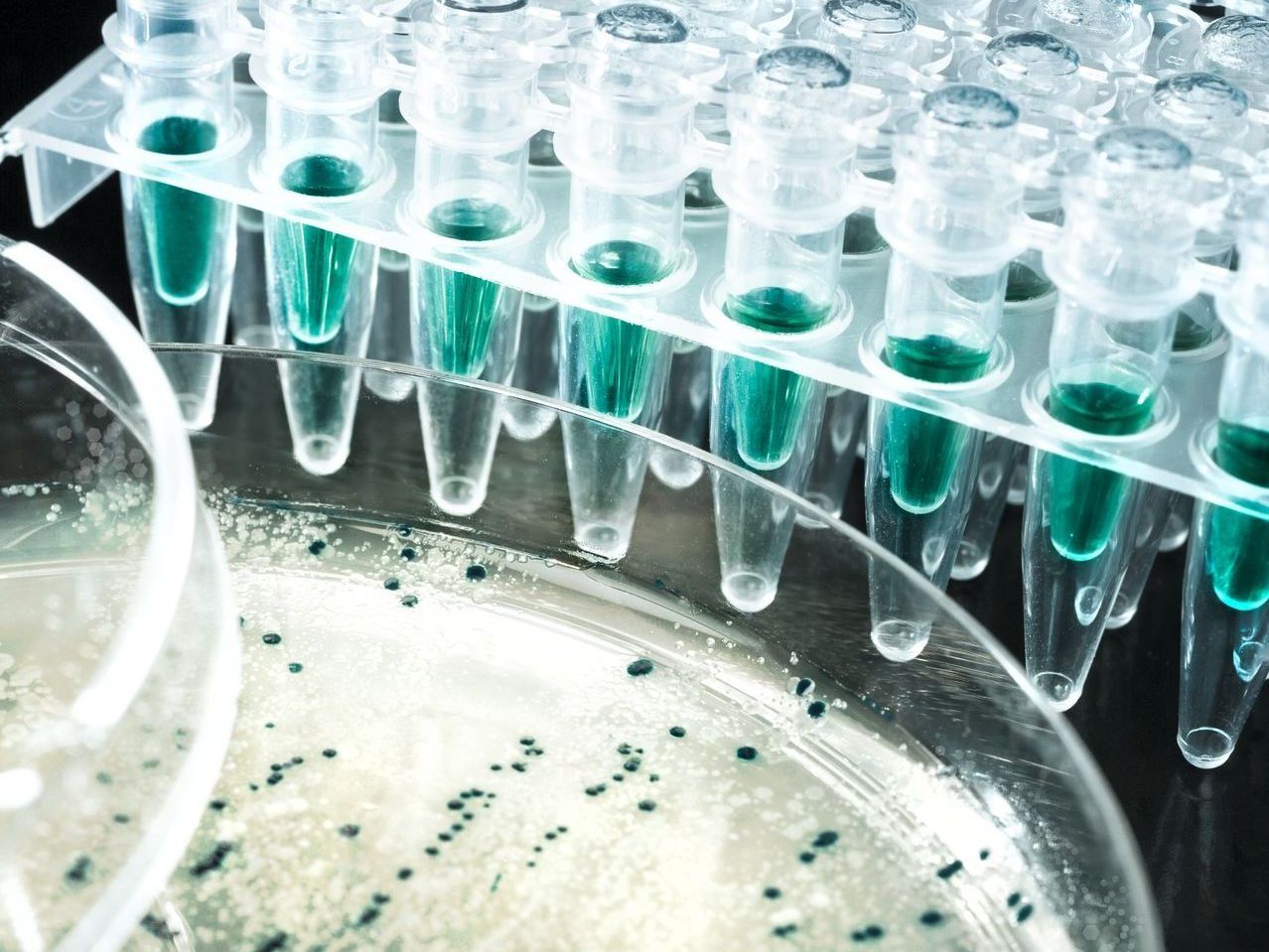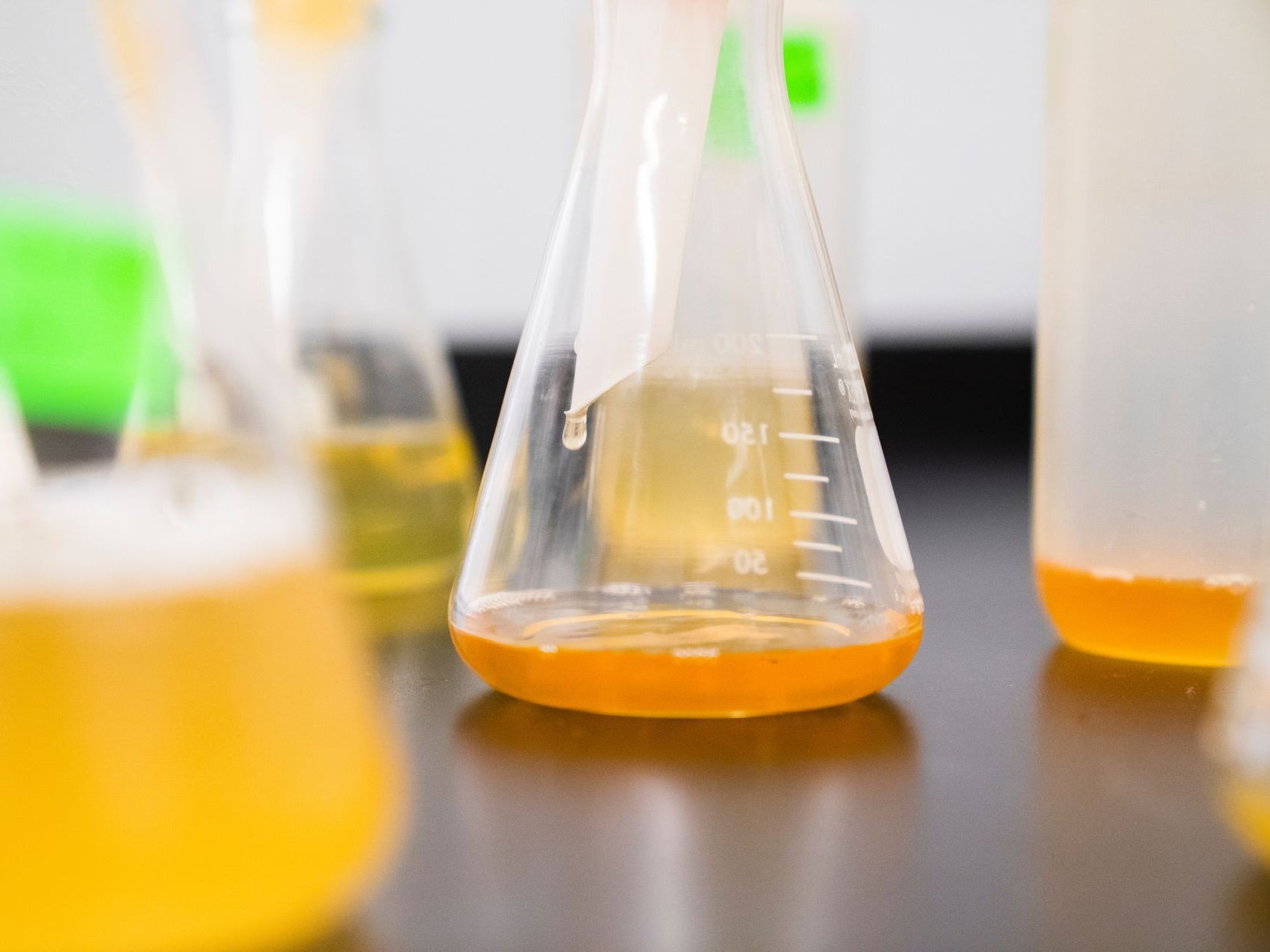Our custom libraries are made with built-in options for post-selection analysis such as biotinylation, expression of soluble ligands, affinity isolation, and more. This allows you to get the most out of your peptide or antibody phage display library and get the best results.
We provide custom solutions to create advanced peptide and antibody libraries. We customize each phage display vector to streamline your biopanning strategy and binding analyses. Our scientists work directly with you to incorporate selection and tagging strategies to make the selection of ligands with excellent binding kinetics and pharmacokinetics easier while making rapid screening assays more accurate and reliable. Our experts are here to help you every step of the way, ensuring that you get the most optimal phage display library for your needs.
